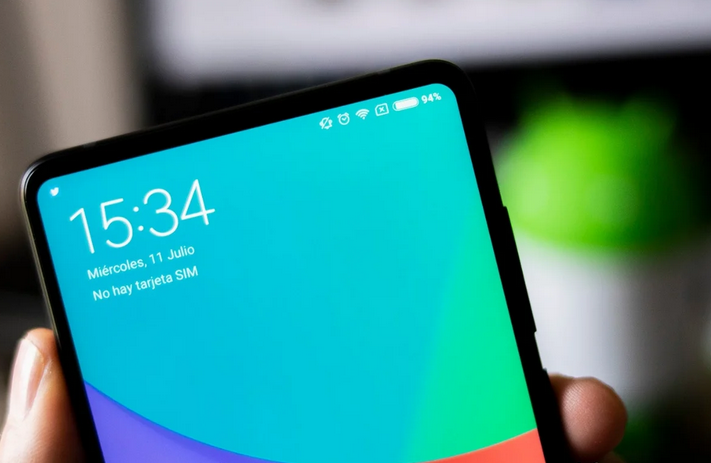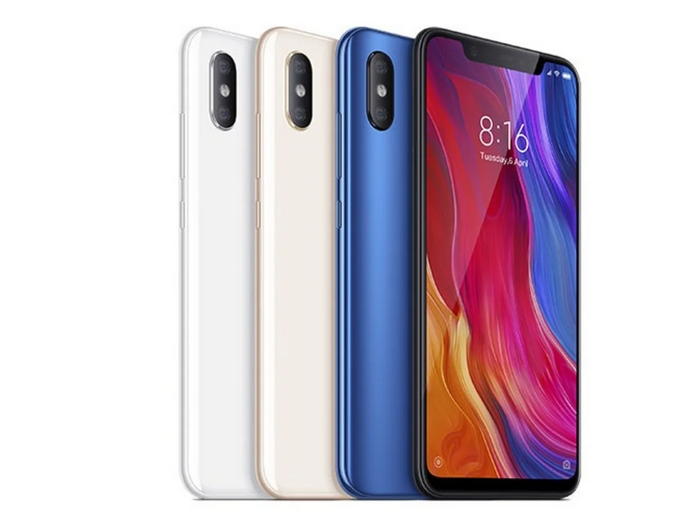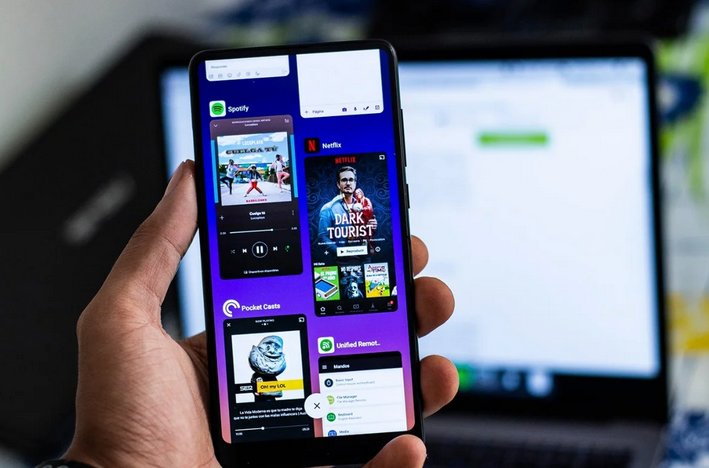Xiaomi is committed to the quality-price ratio, there is little doubt, although when choosing terminals from its extensive catalog, we may not be so clear how to do it. Two of its most ambitious proposals for the 2018 financial year were the Xiaomi Mi 8 and the Xiaomi Mi Mix 2S, bets on the high-end at a competitive price that share a large part of their hardware. High-end for less than 400 euros sounds good.
Qualcomm Snapdragon 845, dual camera, similar internal storage configurations … Such similarities make it difficult to choose between these two popular models, so we shed some light on which of the two is the purchase that best suits you, taking into account the main differences that we find between these bets for the most competitive high-end range.
Xiaomi Mi 8 and Xiaomi Mi Mix 2S, specifications and features
| specs | Xiaomi Mi 8 | Xiaomi Mi MIX 2S |
|---|---|---|
| Dimensions | 154.9 x 74.8 x 7.6 mm | 150.8 x 74.9 x 8.1 mm |
| Screen | 6.21 inches AMOLED with Full HD + resolution, 18.7: 9 aspect ratio, 83.8% front use | 5.99-inch IPS with Full HD + resolution, 18.9 aspect ratio, 81.9% frontal utilization |
| Pixel density | 403 pixels per inch | 403 pixels per inch |
| Processor | Qualcomm Snapdragon 845. 10 nm y eight nuclei a 2.8 GHz. Adreno 630. GPU | Qualcomm Snapdragon 845. 10 nm y eight cores a 2.8 GHz. Adreno 630. GPU |
| RAM | 6 GB you 8 GB | 6 GB you 8 GB |
| Operating system | Android 9 Pie child MIUI 10 | Android 9 Pie child MIUI 10 |
| Storage | 64, 128 GB, or 256 GB not expandable by microSD | 64, 128, or 256 GB not expandable by microSD |
| Cameras | Trasera dual de 12MP f/1.8 + 12MP tele f/2.4 con PDAF, 4-axis OIS, Dual LED, AR Stickers e IA. Frontal de 20 MP f/2.0 | Trasera dual de 12MP f/1.8 + 12MP tele f/2.4 con PDAF, 4-axis OIS, Dual LED, AR Stickers e IA. Frontal de 5 MP f/2.0 |
| Battery | 3,300 mAh with fast charge QC 4.0+ | 3,400 mAh with quick charge QC 4.0+ |
| Others | Rear fingerprint reader, face unlock, NFC, USB Type C | Rear fingerprint reader, face unlock, NFC, USB Type C |
After reviewing the technical specifications, we realize that both terminals are practically carbon copies, saving the main differences between camera, design, and construction materials. However, a few lines below, you will realize that despite the similarities, we find different performance in several key points, which will make both terminals the winning option.
We have to talk about design and screens.

The differential element in the design of both terminals is the best build quality that the Xiaomi Mi Mix 2S has – an airport that we have been using for a while. Ceramic is the protagonist, taking a small step forward compared to the glass used in the Xiaomi Mi 8. The iPhone X inspires both devices to locate their rear cameras, and it differs mainly in the greater angularity of the Mi Mix 2S, less rounded at its corners than its brother.
If we turn the terminals around and look at the screen, even though the design of the Mi Mix 2S seems to bet on the maximum reduction of bezels, the Xiaomi Mi 8 has a better frontal use, specifically, 83.8% in favor of the same compared to 81.9% of the Mi Mix 2. This difference does not prevent the Xiaomi Mi Mix 2S from renouncing the notch, forcing us to turn the mobile over when we want to take a selfie -the camera is located in the frame lower-. The Mi 8 bets on the classic notch that presides over much of the front, allowing it to reduce the size of the lower chin.
As far as panels are concerned, although the Mi Mix 2S has a well-calibrated IPS, the Xiaomi Mi 8 offers a better forum with AMOLED technology and is much more efficient at the energy level. The differences in size, 6.21 vs. 5.99, are not too noticeable, so size should not be a problem in either case.
Having the same hardware does not mean performing equally.

Same processor and storage configuration, where are the main differences then? First of all, after having been able to test both devices, we have been able to observe that the battery of the Xiaomi Mi 8 is considerably higher than that of the Xiaomi Mi Mix 2S, despite having a lower amperage. The Xiaomi Mi Mix 2S reaches the end of the day with moderate use, although it suffers if we demand more than necessary. The Xiaomi Mi 8, for its part, lasts a day and a half without too much problem.
In the photographic section, we find differences in taking a selfie. The Mi Mix 2S and having a lower resolution sensor force us to turn the terminal completely. This prevents us from uploading Stories and photographs from the camera of apps like Instagram, a problem for those who use this type of social network quite frequently. The primary camera has a practically identical performance, with better work in contrast and noise reduction in the Mi Mix 2S, little noticeable to the inexperienced eye.
The recommended purchase

Despite Xiaomi’s design exercise with its Mi Mix range, considering the quality of the panel, ease of using the cameras, and the battery, our favorite option is Xiaomi Mi 8. Betting on the Mi Mix 2S makes sense if the design is our main priority, although, on points, the overall calculation of the Mi 8 gives it the winner.
Currently, both alternatives are below 400 euros, becoming two of the high-end mobiles with the best quality-price on the market. A few weeks after the launch of the Xiaomi Mi 9, betting on the previous generation at a reduced cost was a great idea.

Sharlene Meriel is an avid gamer with a knack for technology. He has been writing about the latest technologies for the past 5 years. His contribution in technology journalism has been noteworthy. He is also a day trader with interest in the Forex market.










